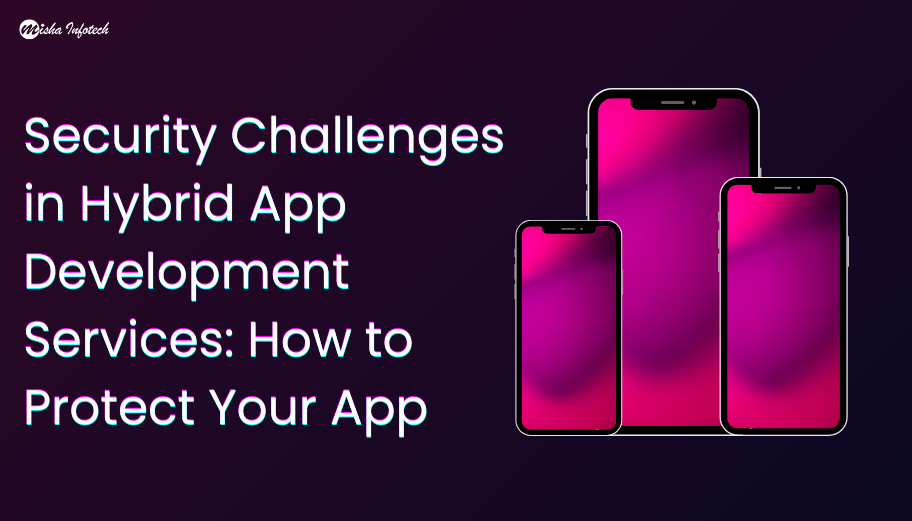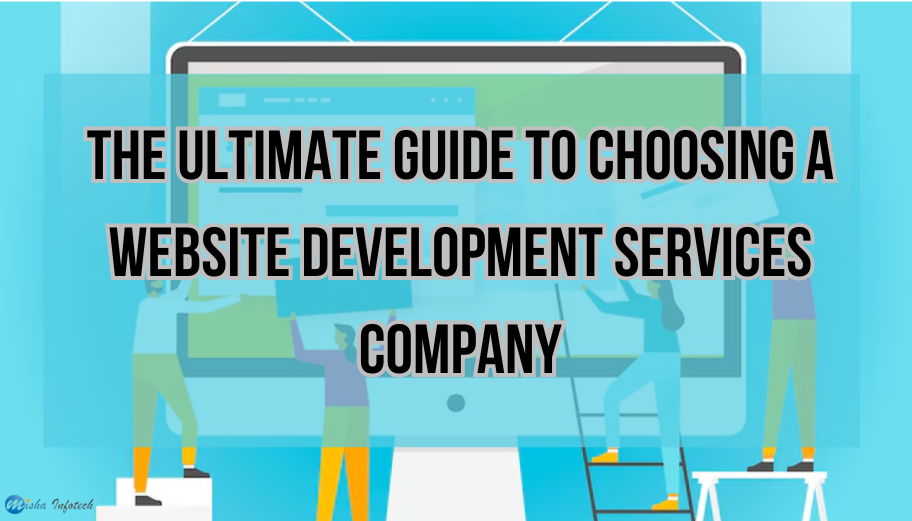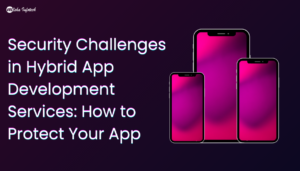A few long-standing design arguments never reach a satisfactory conclusion. One of the most important debates is between UI and UX Design.
While several examples show how these two design elements go together, nailing down a precise solution has proven nearly hard.
However, whether you’re new to the designing field, or if you’re applying for design jobs, having a broad awareness of how and when to use this terminology is critical.
In this blog, we will explain to you the explanatory difference between both UI UX Development Services.
Difference Between Both UI UX Designing
Once it comes to quality design, the phrases “User Experience (UX)” and “User Interface (UI)” are frequently used. Despite the fact that both phrases really aren’t unique, it is usual for individuals who do use applications and professional web tools to use them indiscriminately, or erroneously. Here’s the explained definition of UX and UI and discuss the differences across both terms.
What is UI (User Interface)?
A User Interface is a location where humans and computers can communicate with each other. Through UI a user can handle and command any device to accomplish any job or accomplish any task such as purchasing any product or installing any application. For example, you are reading this information through UI right now.
Input hardware that operates the computer from the user side, such as a keyboard, mouse, or joystick, and output hardware comprises a UI that delivers data to users like monitors, audio speakers, or printers. Source and destination components collaborate so that consumers may completely execute commands.
Type of User Interface
There are three types of UI; Command Line Interface, Graphic User Interface, and Voice-enabled User Interface.
1: Command Line Interface
People communicated with PCs via command-line interfaces in the 1970s, during the start of the internet era. The exchanges were straightforward: the user (‘operator’) entered a command, and the computer reacted by printing results or showing a message on the screen. Since people must understand programming languages to connect with machines, the intricacy of these communications was rather severe.
2: Graphic User Interface (GUI)
The GUI is a text-based interface that facilitates interaction with digital resources visually. When interacting with GUI, people navigate through a succession of web pages or displays. These documents feature both static and active components i.e. textual elements or buttons and other interactive controls.
The GUI is the most common interface that is used within digital products such as mobile devices, VR headsets, and Car HMIs.
3: Voice-Enabled User Interface
There’s a saying from the Golden Krishna’s Book “The best interface is no Interface”. The saying proves that interfaces take more learning curve to understand. For example, the GUI interface is easier than the common line interface but users need to spend some time with it to get familiar and know the techniques to use it. But the Voice-enabled user interface has no interface. It runs on zero interface law. It only uses a user voice to communicate with the product such as Amazon’s Alexa, Apple’s Siri. etc.
Properties of UI
- Clarity
- Familiarity’
- Consistency
- Forgiveness
- Efficiency
What is UX (User Experience)?
“User experience encompasses all aspects of the end-users interaction with the company, its services, and its products.”
– Don Norman, Cognitive Scientist & User Experience Architect
The user experience describes how an individual feels when interacting with a service. Don Norman invented the word while working at Apple in the 1990s that is written above.
Because UX designers strive to create items that become simple to use and comprehend, the notion of user-centered development is at the heart of the UX design phase.
Design According to User’s Personality
Performing usability tests is the first step in UX design. UX designers must know who their intended audience is or what they want from the product they’re requested to build. User profiles are created as UX designers gain this insight. Personalities allow users to perceive a targeted user’s aims, aspirations, and constraints. These insights enable them to suggest design ideas that are most beneficial to their users.
How User Journey Helps UX Designer?
When UX designers develop Mobile app users’ feelings during dealing with that app, either negative, neutral, or positive, have a huge influence on how they feel about it. As a result, the user journey notion has become a foundation of UX design. User experience is directly influenced by the user journey or the route that a user can take while engaging with such a product. The user’s path to address a specified issue is the emphasis of UX. And there’s a secret component that can help you optimize your journey: design.
Conclusion-
Hopefully, the piece of information we shared above is helpful to you to understand the difference between UI and UX design. When you are opting for android app development services you need to know these terms about UI UX designing. Both designs are equally important while developing any products make them more business-centric and user-friendly.



















